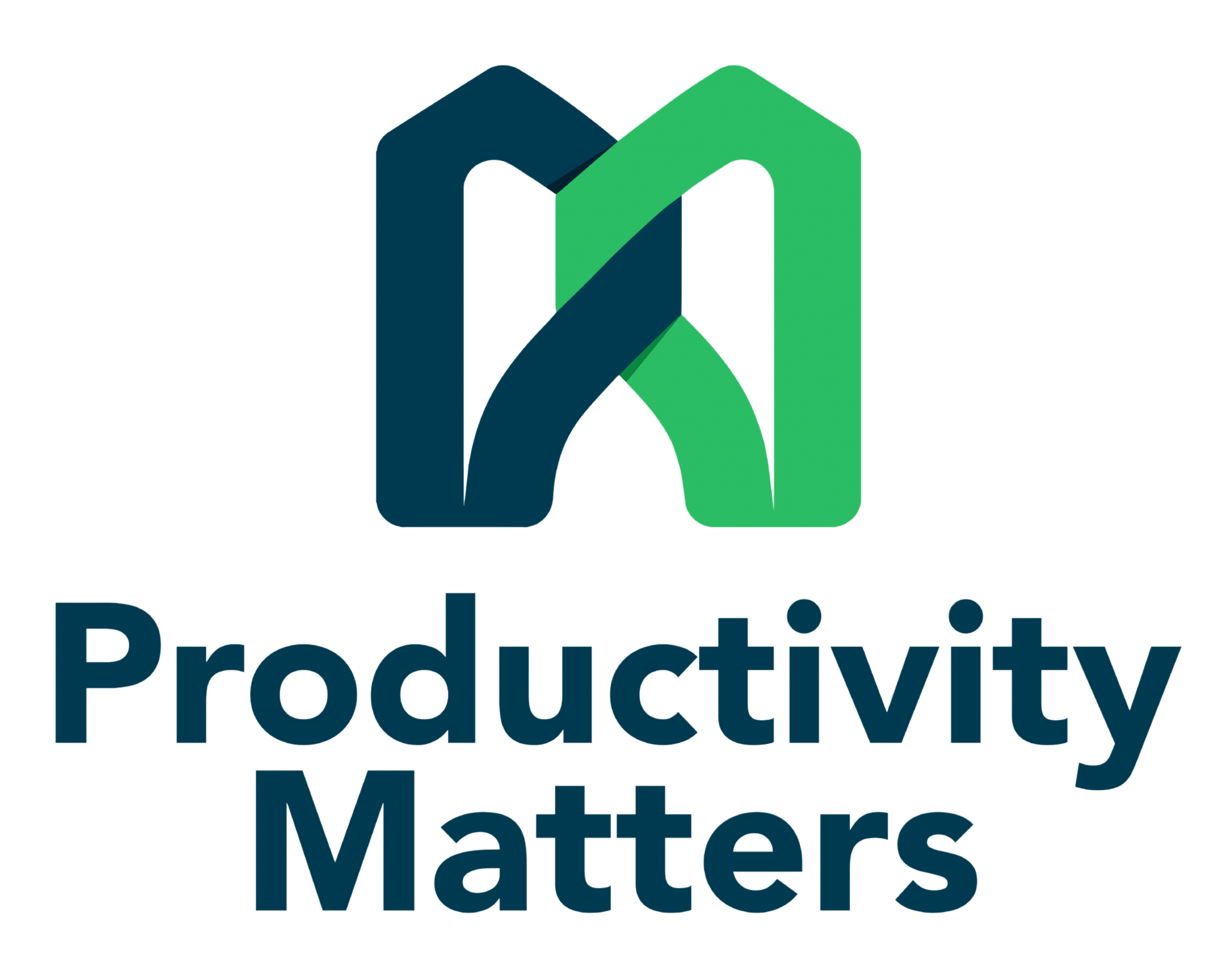In the 11th Revision of the International Classification of Diseases (ICD-11), the World Health Organisation (WHO) classified burnout as “a syndrome conceptualised as resulting from chronic workplace stress that has not been successfully managed”.
What does Burnout look like and who does it effect?
Burnout is the loss of meaning in one’s work, coupled with mental, emotional, or physical exhaustion as the result of long-term, unresolved stress. It can affect anyone, at any time. However, research has shown that burnout is most common in people between the ages of 25 and 44.
Burnout has three dimensions:
 The ICD-11 characterises burnout according to three specific dimensions:
The ICD-11 characterises burnout according to three specific dimensions:
- Feelings of energy depletion or exhaustion;
- Increased mental distance from one’s job, or feelings of negativism or cynicism related to one’s job; and
- Reduced professional efficacy.
Whilst Burnout can be debilitating, it is possible to take steps to both prevent it, and manage the onset of symptoms burnout should occur.
How do we keep ourselves from Burning Out?
Some techniques include setting limits and boundaries at work and taking time out for YOURSELF amongst the chaotic world of work. This might sound seem easy enough at a glance, but it can be overwhelming if you simply don’t know where to begin.
The World Health Organization is about to embark on the development of evidence-based guidelines on mental well-being in the workplace, but in the meantime, let Productivity Matters guide the way.






